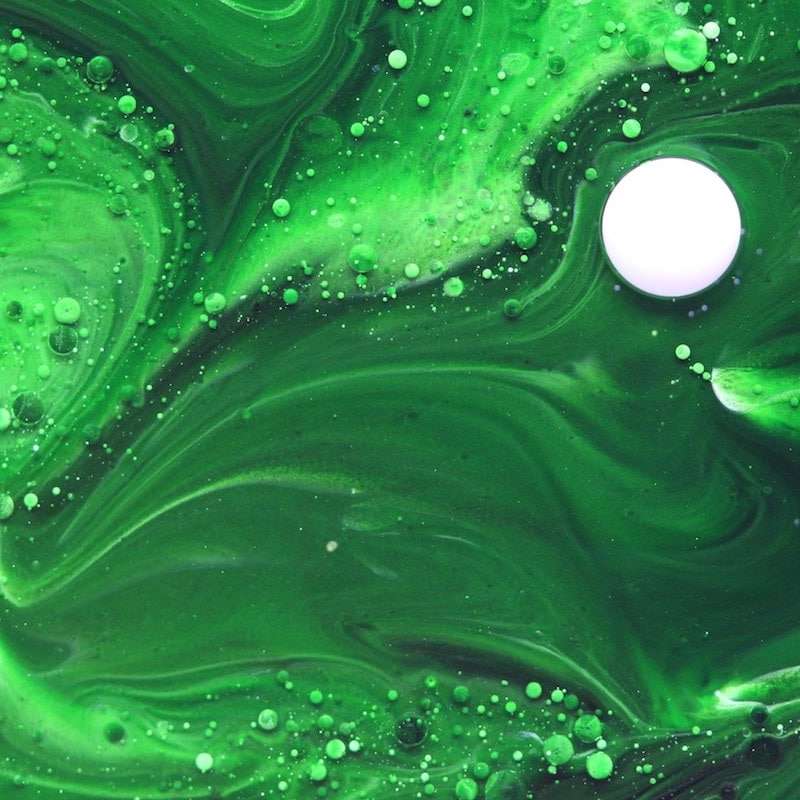
INTRODUCTION
Foam is a dispersion of air and other gases in a liquid or solid. Apart from a few exceptions (foams in shampoos, shaving creams, hair styling mousses, carpet cleaners, polyurethane or other polymers that insulate homes) foams are generally undesirable. Foams disturb production sequences in which liquids, particularly water, have an important function as transporting media, and in the worst cases they can even bring such processes to a standstill. Furthermore, foams can lead to lower production yields and finished products of poorer quality.
HOW IS FOAM FORMED
We considered here those foams that are very stable, which in the most unfavourable cases may even dry without breaking down. These foams are generally only formed if the water contains surface-active agents (surfactants, wetting agents, emulsifiers). Foams that break down very quickly are not likely to cause problems and usually an antifoaming agent is not required.
HOW IS FOAM CONTROLLED?
We can control foam in two ways:
- DEFOAM (Destroy it)
- ANTIFOAM (Prevent it)
Defoamers are products that destroy foam that has already formed. Usually defoamers don’t prevent foam from forming.
Antifoams are products that prevent the formation of foam.
To better understand the difference, it is important to notice at what point in the process they are used.


HOW DO ANTIFOAMS WORK
Most antifoams work introducing defects into the foam lamella. Fine hydrophobic solid particles contained in the antifoaming agent formulation (waxes, paraffins and silicas) help the foam bubble to burst, so that the entrapped air escapes.
WHICH ARE THE MAIN CHARACTERISTICS OF ANTIFOAMS
Silicone antifoams are efficient (effective dosages lower than 50-100 ppm active silicone), long lasting, they act as antifoams and defoamers, are safe (many comply with FDA and European Regulations) and have low surface tension for the effective foam control of different foaming media.
Oil antifoams are used in applications where silicone is not recommended. Effective foam control in paints, coatings, detergents and adhesives.

NEWSLETTER
Subscribe to receive information about the latest studies conducted in our laboratories and the latest news from our catalogue.


